What were we thinking? The worst trends of the decade – ranked!
1 Astrology
It’s a truth universally acknowledged that everyone loves horoscopes except straight white dudes and me. But can we all just admit it’s a drag? Mercury being in retrograde is not why you were late to work this morning.
You may have thought we were long past the days when magazines had “resident astrologers” but astrology has been growing in popularity over the last decade, hitting peak superstition in the last few years.
People give varied explanations for their rise. Some say young people, bereft of hope, are turning to spirituality to feel good again. The result? People now post flatshare adverts excluding people based on their star-sign; we’re not far from birth charts being used in interviews; and can we all please stop slut-shaming Sagittariuses? (I mean it! Zodiac-shaming is a thing!)
In the next decade, let’s put horoscope back in the dark ages where they belong. PN
2 Twitter pile-ons
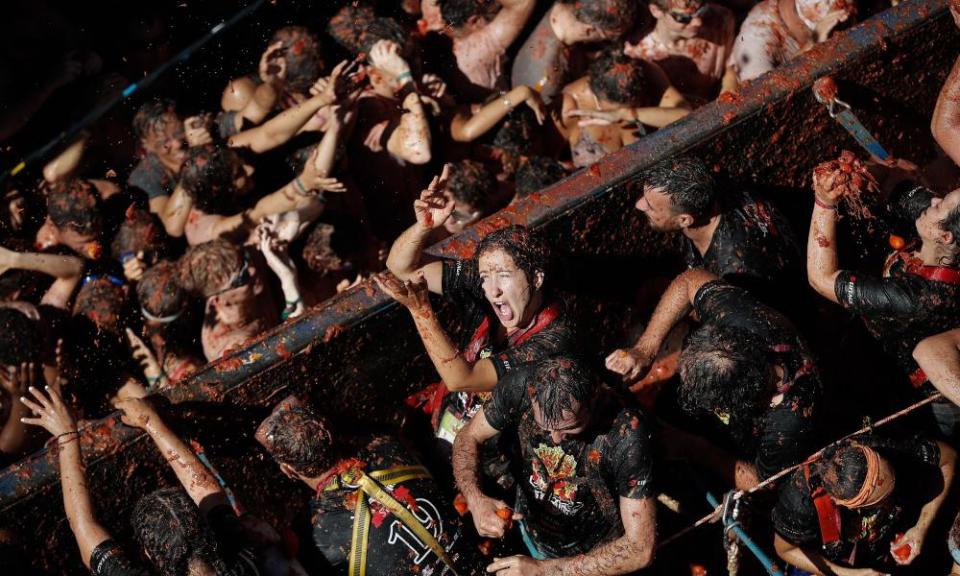
In Shirley Jackson’s 1948 short story The Lottery, the inhabitants of a small town gather every year to randomly stone someone to death. If only Jackson had known about Twitter. It’s much more efficient.
One recent Twitter pile-on started when a woman in South Dakota questioned the literary merit of a young adult (YA) novel her alma mater had considered assigning as student reading. The book’s outraged author – and her friends, successful writers who ought to know better – spurred her fans into a mob, which hounded her onetime critic into hiding.
It seems fitting that the worst online witch-hunts often involve the YA literary community. After all, many YA novels are set in sinister, near-future dystopias, so readers feel naturally at home on Twitter.
But today’s stone-throwers are often tomorrow’s targets. Does that never occur to them? Or, to paraphrase Winston Churchill, do they feed others to a crocodile, hoping it eats them last? JOC
3 At-home DNA tests
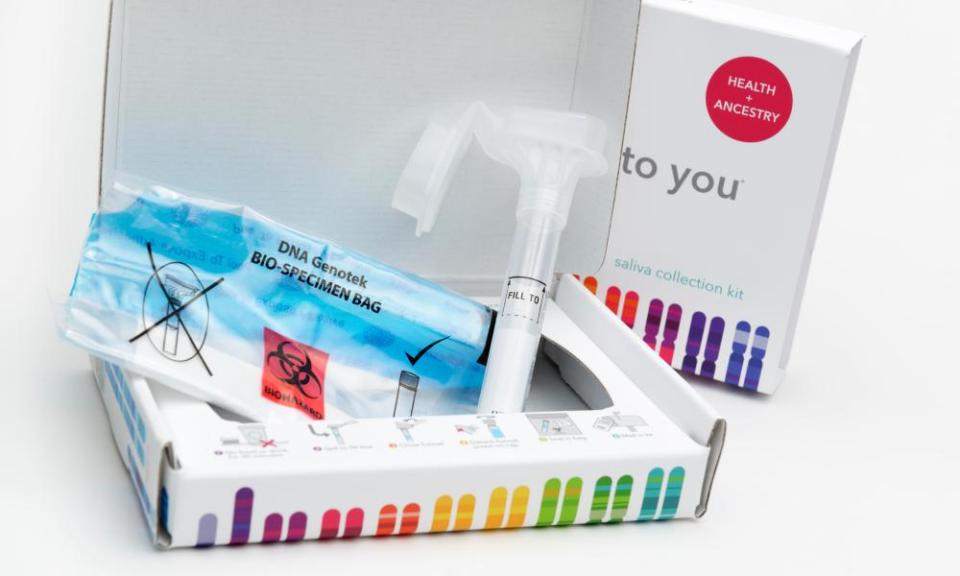
Just did a DNA test – turns out I’m 100% a moron who should have thought a little harder about the privacy implications of the at-home genetic testing boom. While sales are finally starting to slow, the last three years have been a bonanza for the genomics industry. More than 26 million people have shelled out for DNA kits from companies such as 23andMe and Ancestry.
Some have discovered siblings they never knew they had; others that they are 0.5% Native American and promptly started referring to themselves as a “woman of colour”. I discovered little of interest but now my intimate information is stuck on a database forever, governed by an ambiguous privacy policy and getting shared with all number of third parties. And I didn’t just compromise my own privacy; if you do a DNA test your relatives become easily identifiable. Which means they’ll have a much harder time forging a successful career as a serial killer. AM
4 Ugly shoes
Style-wise, we made some weird calls in the 2010s. It was the decade of fast fashion, of festival wear, of the forehead donut (you didn’t forget the forehead donut, did you?). Yet throughout, the trend we truly, most consistently went ham for was ugly shoes.
It started with Jeffery Campbell Litas in 2010, the hipster girl’s platform clodhopper of choice. The Mayans predicted the end of the world in 2012; instead, we all bought sneaker wedges. In 2013 there began a craze for fur-lined Birkenstock-style sandals, and after that, things pretty much became a collective fever dream of bejewelled Crocs, the Seinfeldian silhouette of the Balenciaga Triple S, Yeezys, orthopedic-looking Gucci sandals and the occasional Ugg Fluff Slide – a debauched, “outdoor slipper” fetish-object type thing.
We may have been losing our minds, but at least we were supporting our arches. Oh yes, our feet were comfortable in the 2010s – but at what cost? Adrienne M
5 ‘Smart’ homes
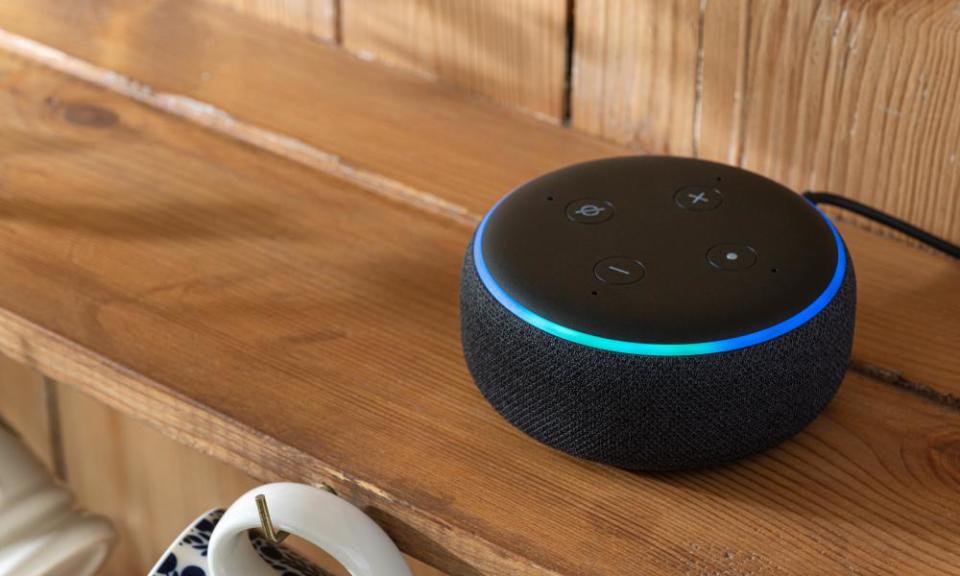
Photograph: Chesh/Alamy
It is one of the bleaker ironies of the decade that even as trust in technology companies plummeted, tens of millions of Americans invited Google, Apple, Amazon and Facebook to install always-on listening devices in their homes.
A quarter of US adults now have a “smart speaker” in their homes, a truly astonishing example of our collective willingness to trade privacy for marginal convenience. (Is finding out the weather in the morning without picking up your phone really worth the risk that a contractor for Amazon is currently judging whether or not your girlfriend is faking her orgasm?)
And that’s just the surveillance that consumers are subjecting themselves, too. The other half of the equation is the vast network of smart doorbells and security cameras that homeowners are increasingly training on unsuspecting neighbors, pedestrians, delivery people, and trick-or-treaters. Thanks to Amazon’s aggressive courting of law enforcement agencies, Ring users are being deputized into a deeply dystopian public-private spying partnership.
The unexamined life may not be worth living, but the un-surveilled life certainly is. Do yourself a favor and start the 2020s by dumbing down your home. JCW
6 The Instant Pot
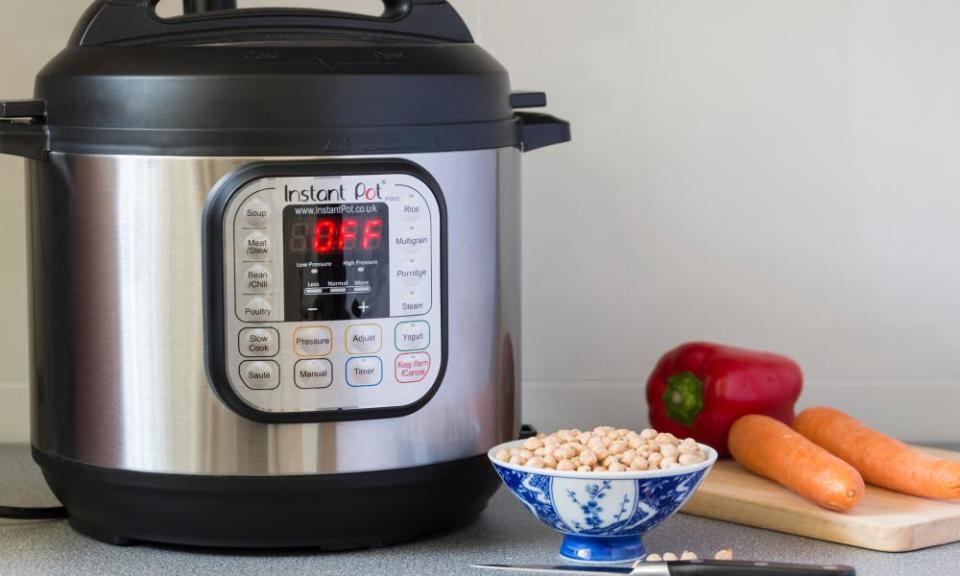
The inventors of the Instant Pot are geniuses. They took ye olde pressure cooker, one of the least sexy kitchen appliances of all time, stuck the word instant on it, and presented it as some kind of revolutionary new product. There’s now one in basically every millennial kitchen, including mine.
Within about five minutes of buying it, I realised I’d been had. There’s nothing “instant” or simple about it at all. The thing has about 90 buttons on it and is vastly more complicated that cooking food the old-fashioned way. “But you can make yoghurt in it!” its acolytes roar. Yep, if you have 12 hours to spare you can. You can also just buy yoghurt from the shop. And don’t even get me started on its “oatmeal” setting.
If you need a bulky and expensive gadget to make porridge, you and the Instant Pot deserve each other. AM
7 Athleisure
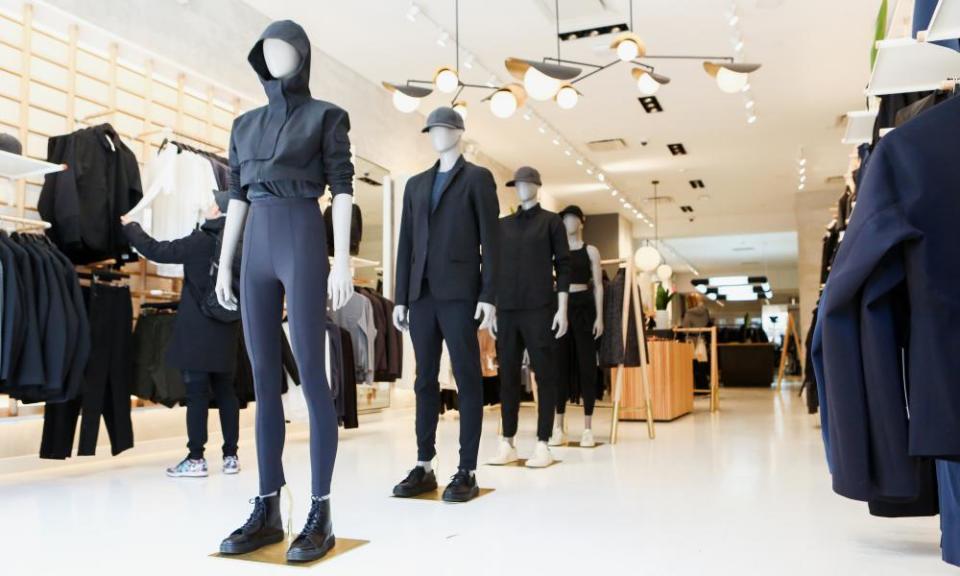
Like a sweat-wicking, four-way-stretch plague, athleisure spread across the world in the 2010s. A style trend for people who want to suggest they are just about to do 90 minutes of hot yoga on a bike but are too lazy for buttons, no brunch is now complete without a posse of unathletic poseurs trussed up like gaudy sausages in eye-popping hi-tech fabrics.
Where did it start? Some blame yoga – and why not? – but people have been doing yoga for 2,500 years without $138 Inner Expanse Lululemon leggings and a $52 Free to Be Serene bra. Will it ever end? No. Athleisure respects neither age, physique nor gender – Lululemon plans to double its mens sales by 2023 and Under Armour has firmly established itself as the premier fashion brand for men who prefer to look like giant toddlers.
But athleisure does get one thing right. By sending confused signals – simultaneously screaming “I am going to the gym” and “I have given up” – it’s the perfect uniform for our age of anxiety. DR
8 Clean eating
This decade of self-optimization has terrorized us with a myriad of trends meant to bring us to the best version of ourselves. Perhaps none is more insidious than the trend of “clean eating”, whose amorphous contours leave adherents constantly in search of virtuous new super foods, usually hawked by some better version of ourselves vlogging their dinner to their followers.
The truth is you will never eat “clean” enough. You will only be caught in a spiral of perpetually more extreme diets, eliminating more and more foods that don’t make the cut, until you find yourself evangelizing the benefits of eating only raw beef or bananas.
In 2020, unsubscribe from the madness, settle back with a glass of wine and allow yourself a few chips. It will induce more happiness than the most virtuous acai bowl. JG
9. Insta filters
If you haven’t cocked your head slightly to the left, wine glass in hand, clinking glasses in a cheers motion, back and forth on repeat, did you even drink said wine? Is your kid even cute without that cat filter on their face?
If you have had to ask yourself these questions, you’re not alone. Face filters weren’t made in the last decade – people have been taking sepia-toned photos since the beginning of being alternative – but the 2010s was the decade in which face filters ruined everything, including your self-worth (some cameras automatically blur over your imperfections when you try to take a selfie).
Mystery over the ageing process has also gone out the window – if you want to know whether bae is a keeper in 2019, just whack their photo into FaceApp.
At least we have worked out some of life’s most pressing questions, like: I wonder what I’d look like as a man. PN
9 TV reboots
No one asked for a Full House reboot starring suburban moms with first world problems like Aunt Becky. Not even the Olsen twins would touch that dumpster fire of a TV show with a 10ft pole.
The idea of rebooting your favorite show or movie is nice in theory, but this decade we have seen the negative effects of clinging to nostalgia in flops like this year’s Charlie’s Angels and 2014’s Teenage Mutant Ninja Turtles (yikes).
Live-action Disney movies could have been incredible had they not matched the animated films frame by frame. I felt like I paid $17.50 to watch the Animal Planet version of The Lion King in a theater. Likewise, 2019’s Aladdin was a cringeworthy crossover of Bollywood and B-roll footage from Homeland (Arabs and Indians are not interchangeable, Hollywood).
I still carry a torch for Ethan Craft, so I haven’t quite ruled out Lizzie McGuire 2.0. Yet I fear if it’s anything like the Gilmore Girls reboot, A Year in the Life, I will walk away confused, disappointed and questioning my taste in television.
The wise baboon called Rafiki once said: “It doesn’t matter. It’s in the past.” And that’s exactly where these series and movies should stay. ES
10 Viral tourism
Viral tourism is a great example of how Instagram has completely warped our collective sense of reality. Thanks to the rise of travel influencers, we now have too many people flocking to the same beauty spots in places such as Arizona, Iceland, Thailand and California – sometimes with disastrous and destructive consequences.
Tourist hotspots have always been a thing – there are photos of the Victorians posing in front of the pyramids. But there’s still something profoundly sad about how specific and repetitive holiday pictures have become, with many taken in the exact same place, at the same angle and with similar filters. And if you have ever been to any of these places where nature has gone viral, you’ll notice that many visitors spend more time experiencing the place through their phones than not. What’s the point? MB
11 Workout cults
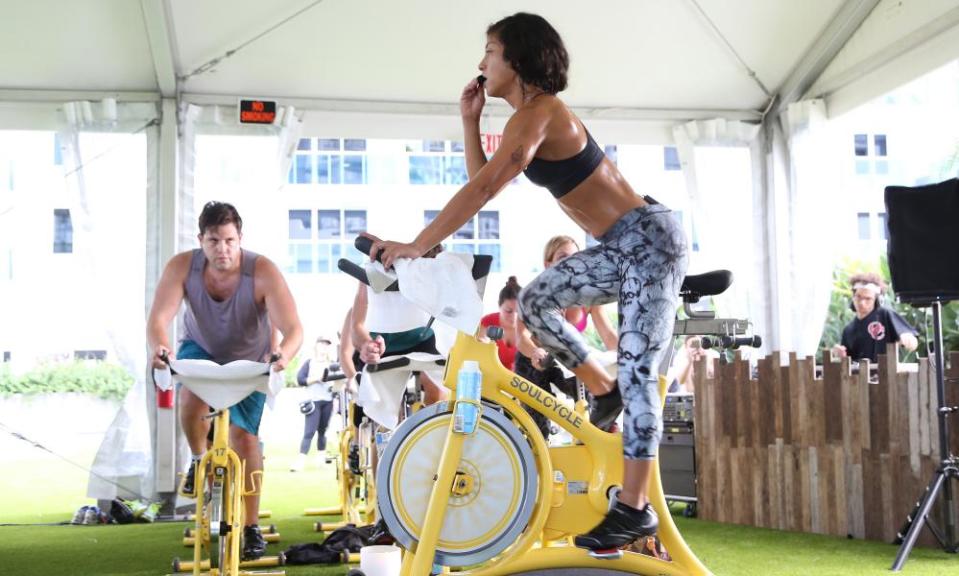
A brief glance through the decade’s films show we have had more than a passing interest in cults. But joining an actual cult has downsides: alienation from loved ones, orgies, poverty, ingestion of strong hallucinogens and even mass murder (although, in fairnesss, some of those could be seen as upsides).
So it’s perhaps no surprise that many of us decided to join a more palatable form of cult, in the form of specialised exercise classes. CrossFit, SoulCycle and, most recently, Peloton offered the charismatic leaders, creepy evangelism and clean living of certain cults – and, if we’re going deeper, a belief system in society’s where religion is on the decline – without the bit where you have to kill people (having a heart attack on a stationary bike doesn’t count).
Instead, save your money and go for a run. Or join an actual cult – they’re free! TL
12 Social media challenges
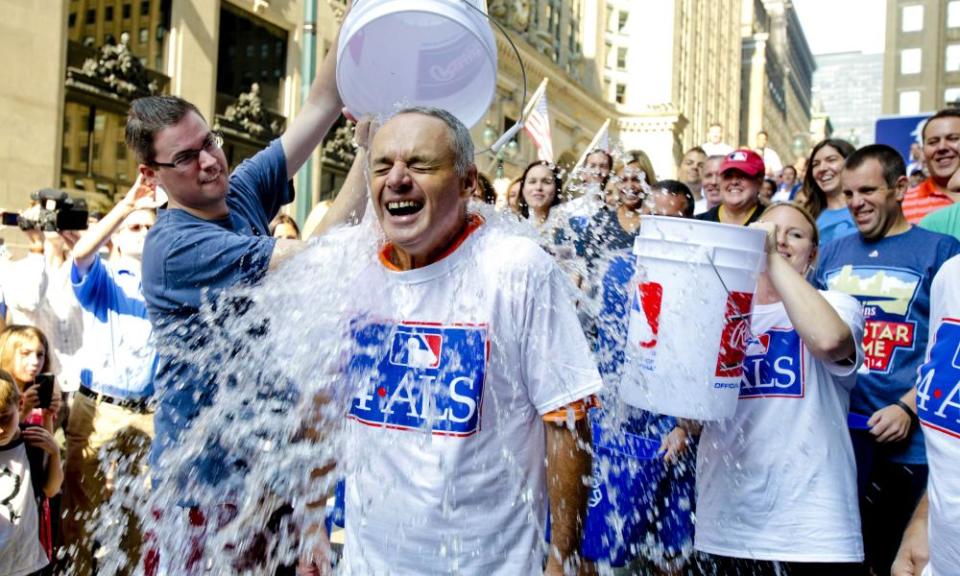
This decade’s social media challenges have always had strange, masochistic elements to them, whether it’s the deceptively hard cinnamon challenge, the potentially fatal fainting challenge or the truly messed up Tide Pod challenge (and who can forget the Momo challenge?).
There were altruistic offshoots like 2014’s ALS ice bucket challenge, which was arguably the biggest of them all. It did a lot of good, but unfortunately it was something of a Pandora’s box, as it was the first to get the attention so many celebrities – leading to some of the most painful name-dropping and showing off of the decade.
Without the ice bucket challenge, there probably wouldn’t have been this year’s bottle-cap challenge, which wasn’t raising awareness of anything – you just had to kick the cap off a bottle. It was entertaining the first couple of times, but it quickly became a highly competitive clout-off for celebs, reaching an obscenely luxe nadir when Kendall Jenner posted it while riding a jet ski against a soft pink sunset, captioned: “you asked for it @haileybieber…”” MB
13 Seltzer water
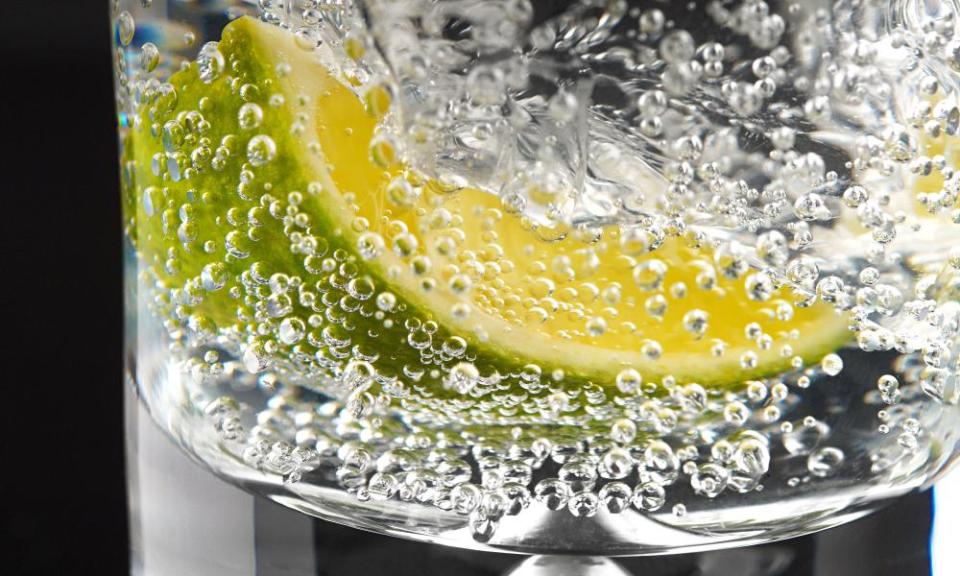
Here’s a dumb thing to spend a lot of money on: water, but with bubbles. Seltzer water used to be a treat; now it feels like a human right – two of my former workplaces provided it free of charge in unlimited quantities.
In the earlier part of the decade, sparkling water demand grew by 54% in four years. Then, there was a 210% growth in the hard seltzer market just between 2018 and this year, according to a Nielsen report (thank you, White Claw). The trend has also inspired YouTube hits such as LaCroix Boi, and an entire summer of drinking while feeling healthy.
Why is this so bad, you ask? For one, seltzer captures a market somewhere between water and soda, which means new types of wasted cans and bottles hitting our landfills. There’s the detriment to our bodies: seltzer is more acidic than regular water, which could wear down tooth enamel. And there’s the issue of supply chain ethics; take, for example, the popular DIY seltzer brand SodaStream, which many pro-Palestine people boycotted because the factory was set up in West Bank.
That leaves us with the most important flavor of seltzer there is: late capitalism. AR

